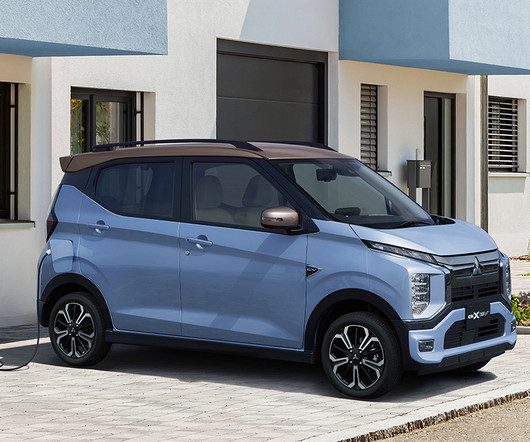Mitsubishi wants to launch Australia’s cheapest electric car, but there’s a very expensive reason it might not
EV Central
DECEMBER 9, 2023
Because if all we do is flood the market with BEVs – and New South Wales still has 75 per cent of its power generated by coal – all we have done is shift the emissions from the tailpipe to the power station.” 2024 Mitsubishi Triton. The federal government target is to have 82 per cent of Australia running on renewable energy by 2030.












Let's personalize your content